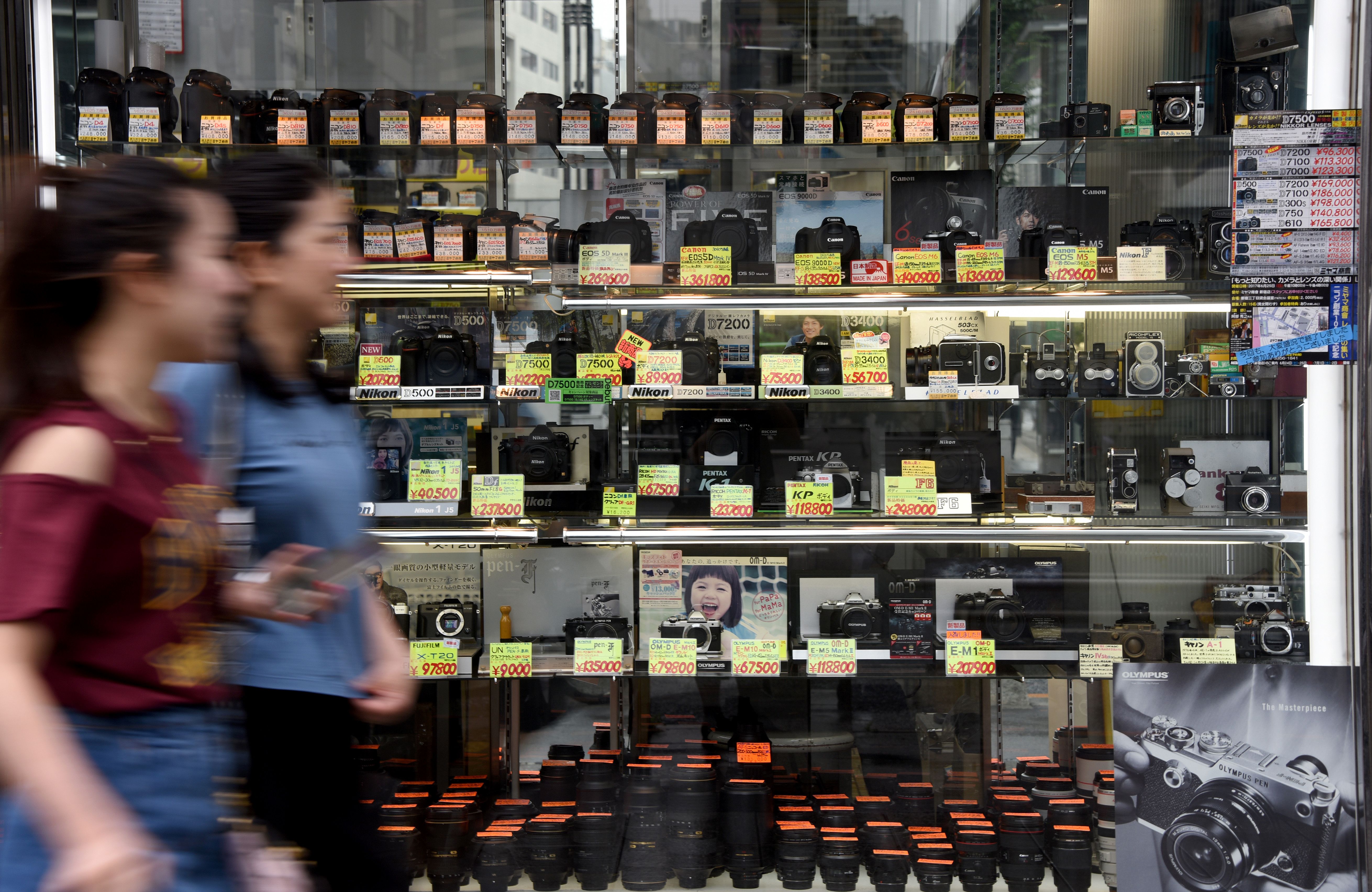6 colossal camera industry changes in the years between GTA 5 and GTA 6
54 million fewer cameras, systems killed off, companies leaving the industry, brands coming back from bankruptcy… a LOT has happened since the last Grand Theft Auto game!
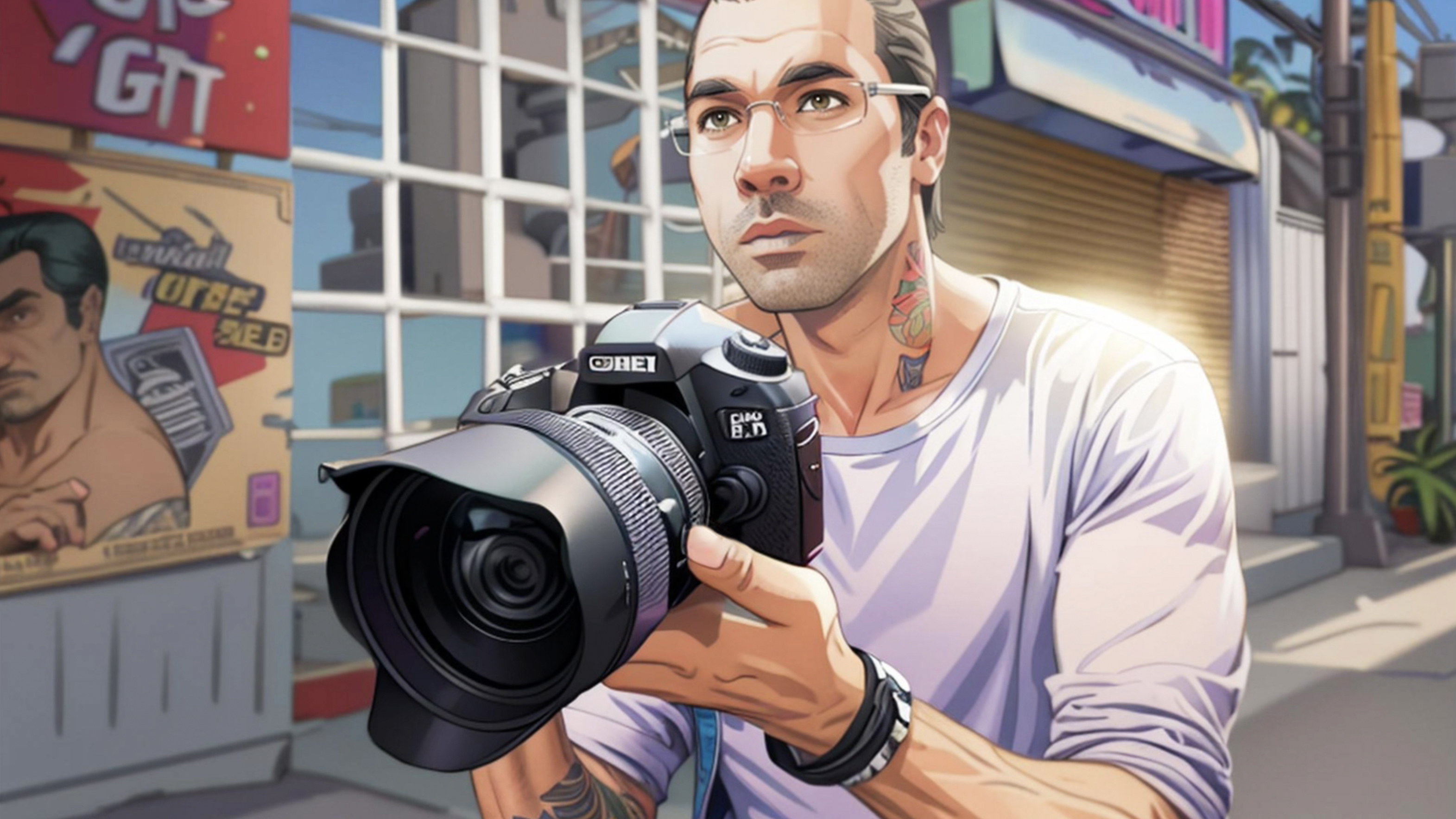
Like many photographers, I'm also a gamer (fun fact: I spent a decade as a videogames journalist!). So the news that Grand Theft Auto VI has been delayed until 2026 has been dominating my news feed.
While the news was disappointing, it also got me thinking. The last GTA game came out in 2013 – and the camera industry has become a radically different place in that time.
When Grand Theft Auto V launched, Sony was still making DSLT cameras and supporting the A-mount, Hasselblad was still upcycling $1,200 Sony APS-C cameras and selling them for $7,000, YouTube didn't even have a "4K" setting for video playback, and around 50 million more cameras were being bought.
Camera mounts, camera technologies and entire camera brands have come and gone since then. So here's a look at 6 major changes we've witnessed in the industry while waiting for GTA 6…
1) Camera sales plummeted
Back in 2013, the camera market was still incredibly healthy. Sure, it was down almost half from the industry's 2010 peak, when 121,463,234 million cameras were shipped, thanks to the impact of smartphones.
Still, with 62,839,653 cameras shipped, 2013 was a phenomenally good time for the industry. But in 2024, a mere 8,490,227 cameras were shipped – the market having shrunk to just 13.5% of what it was when GTA 5 debuted.
Obviously we don't have 2025 figures yet, but it's very likely that people will buy more copies of GTA 6 than they buy cameras. (In case you were wondering, over 210 million copies of GTA 5 have been sold to date.)
The best camera deals, reviews, product advice, and unmissable photography news, direct to your inbox!
2) Olympus and Samsung left the industry
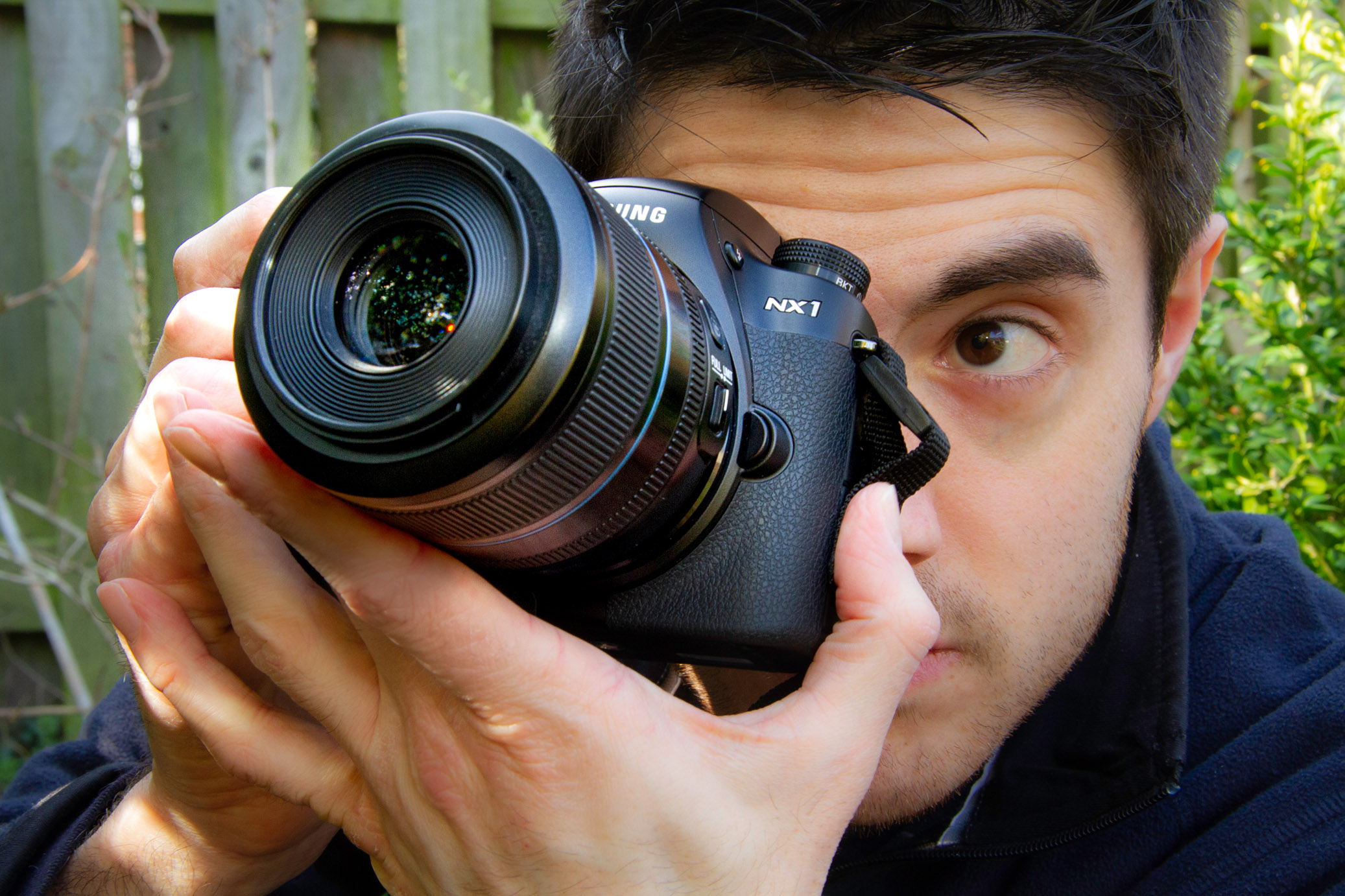
The above market collapse caused a number of casualties – including two titans withdrawing from the camera business completely.
For younger shooters, the only connection between "Samsung" and "camera" is probably the fact that Galaxy handsets are among the best camera phones you can buy.
But in 2013, Samsung was still making actual cameras – and they were pretty good, too. However, in 2015 it was clear that there was more money to be made from phones than cameras so Samsung exited the industry.
Olympus' departure was more recent, selling its camera division to current owner OM Digital Solutions in 2020. But for an iconic camera brand that had just celebrated its 100th anniversary to bail on the business, the wound ran deep.
3) Polaroid and Kodak came back from the dead

While we waved goodbye to two of the biggest brands in the business, we also welcomed back a pair of players who were synonymous with photography.
After the decline of film photography caused its collapse in the 2000s, Kodak came back from bankrupcty in 2013 – although its business was fractured, messy and spread across multiple divisions.
It was no longer the camera-making Kodak of the glory days, though it continued (and continues) to produce film primarily for the movie industry, but primarily existed by licensing its name.
Still, while the company tried every ill-conceived business idea imaginable (including its own cryptocurrency in 2018), last year Kodak took almost 23% of the camera market, toppling Canon, Sony and Nikon (though these cameras are made by JK Imaging).
It was a similar story for Polaroid, which crumbled during the post-film era and went bust in 2001. After The Impossible Project bought the company's manufacturing facilities in 2008, it went on to purchase the Polaroid IP in 2017 – changing its name to Polaroid Originals and finally to just Polaroid in 2020.
4) Canon and Nikon killed their mirrorless firstborn
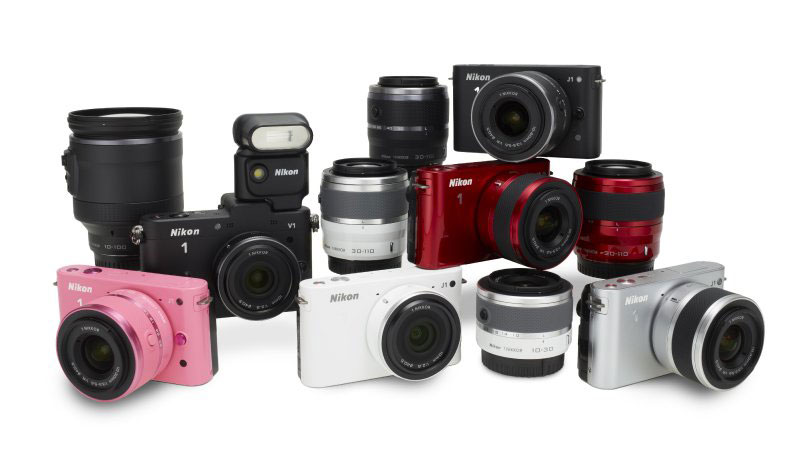
While nobody really took the systems very seriously (arguably including the manufacturers themselves), Canon and Nikon had launched their first mirrorless cameras in the early 2010s.
However, such was the half-hearted support that they had a very short shelf life. The Nikon 1 system was introduced in 2011 and discontinued in 2018, while Canon's EOS M system debuted in 2012 and managed to last a little longer before being mothballed in 2023.
So, Nikon 1 only lasted 7 years and EOS M made it 11 years. Which means that Grand Theft Auto VI has taken longer to arrive than the lifespan of two separate cameras systems.
5) Pentax stopped making mirrorless and medium format cameras
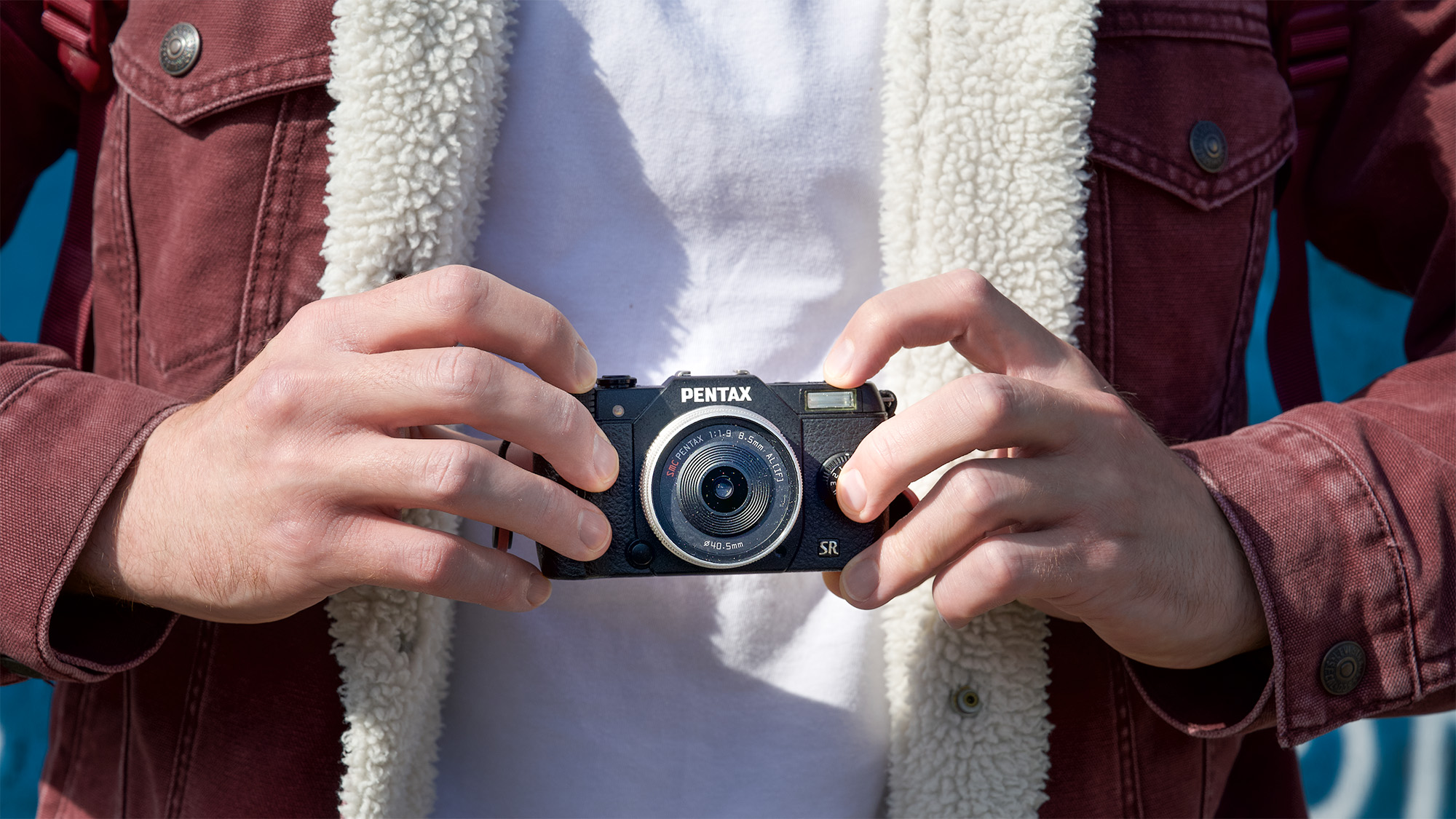
It's easy to think of Pentax as being a Luddite brand, given how doggedly it's sticking to DSLRs while repeatedly declaring that it won't make a mirrorless camera.
This, of course, completely overlooks the fact that Pentax already made a mirrorless camera system – and, depending on who you ask and how you use a tape measure, it's the smallest interchangeable lens camera system ever made.
The Pentax Q series debuted in 2011 before being Old Yellered in 2020 – making it another camera system that was born and then died in less time than it's taken GTA 6 to materialize. The system has developed a cult following over the years, with cameras like the Pentax Q10 being prized for their tiny size.
Cute little cameras with tiny sensors aside, the company was far better known for its beloved line of medium format cameras, which it had produced since the film days.
The Pentax 645Z, the latest iteration of the 645 series, was launched in 2014 to impressive sales. However, in mid-2023, retailers revealed that the 645Z had been discontinued.
6) Sony invented full-frame mirrorless
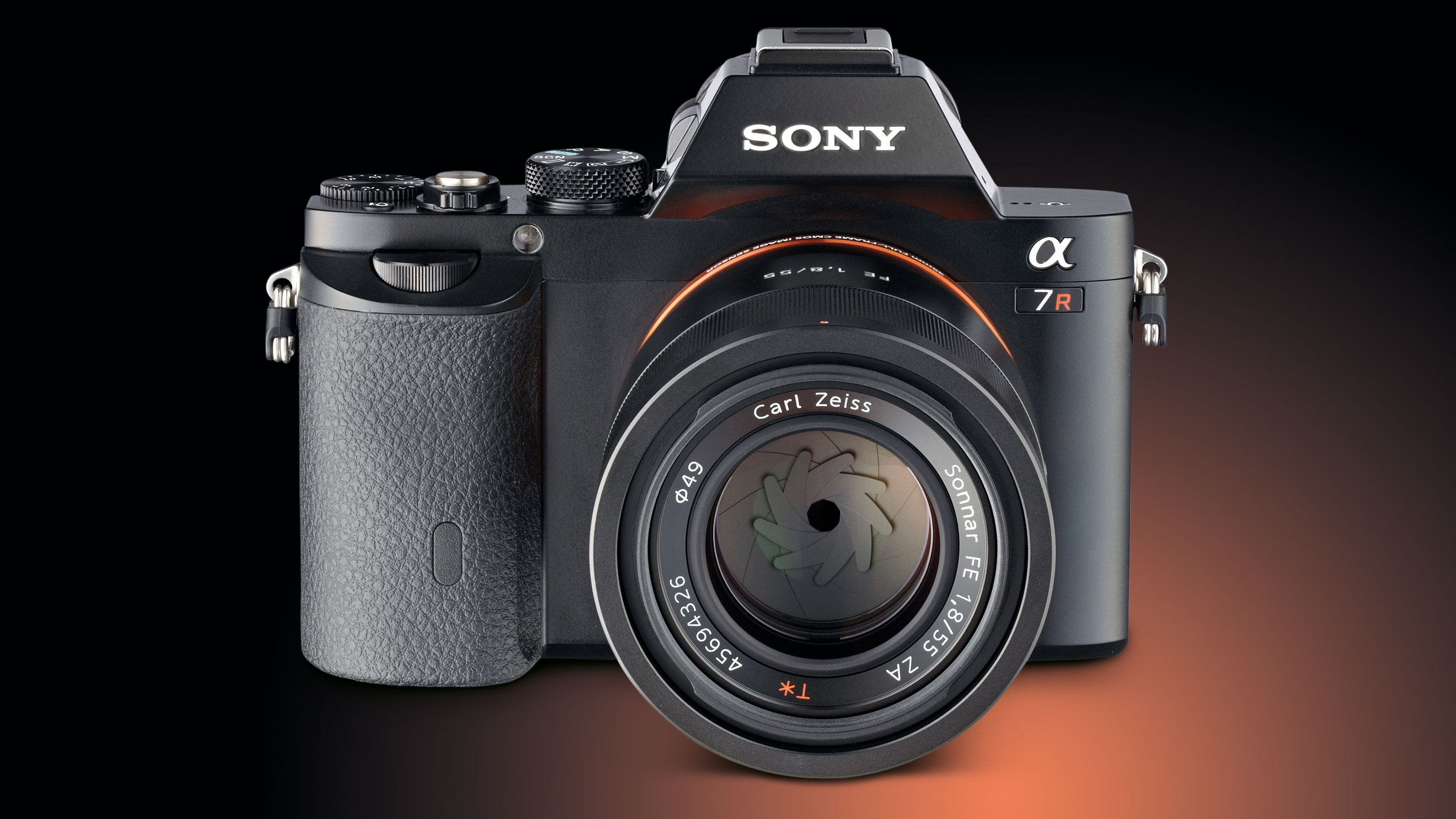
To really get an appreciation for how long it's been since the last Grand Theft Auto game, consider this one: Sony had just launched the original Sony A7 and A7R.
Yep, not only did 2013 give us GTA 5 but it also gave us the first ever full-frame mirrorless cameras – causing a sea change in the industry, as nobody could with any credibility keep dismissing mirrorless technology.
It's also worth noting that just a few years later, in 2016, Hasselblad also pioneered medium format mirrorless cameras with the original Hasselblad X1D.
So, in the thirteen years between GTA installments, we haven't just gone from DSLRs (and DSLTs) to mirrorless, we've also gone through not one but two new mirrorless formats.
Not to mention new technologies like stacked sensors, global shutter sensors, 8K video, TikTok, 360 cameras… and who knows what else might appear between now and May 26 2026 when Grand Theft Auto VI will (supposedly) arrive!
You might also like…
Take a look at the best photography video games and, if you love in-game camera modes, the best games for virtual photographers.

James has 25 years experience as a journalist, serving as the head of Digital Camera World for 7 of them. He started working in the photography industry in 2014, product testing and shooting ad campaigns for Olympus, as well as clients like Aston Martin Racing, Elinchrom and L'Oréal. An Olympus / OM System, Canon and Hasselblad shooter, he has a wealth of knowledge on cameras of all makes – and he loves instant cameras, too.
You must confirm your public display name before commenting
Please logout and then login again, you will then be prompted to enter your display name.
